History of Christiansted
Vacationers—whether a romantic, history buff, adventurer, family, athlete, foodie, or simply delight in exploration—find their groove at St. Croix Blue House, a centrally-located ‘base’ on this Caribbean gem and tropical paradise. Embrace architecture, lush greenery, and varied sparkling hues of the blue-green-turquoise ocean, and the Crucian-inspired sights, smells, and sounds.
Christiansted, founded by St. Croix's governor Frederik Moth in 1733, was originally designated for sugar and cotton plantations when the entire island was handed over to the Danish West India and Guinea Company by the French in 1734. Fort Christianswærn was completed by 1740.
A 1742 census counted 122 cotton and 120 sugar plantations, 1,906 slaves, 300 Englishmen, and 60 Danish. By 1743, the island had a hospital, and in 1745, the number of slaves had increased to 2878.
A former capital of the Danish West Indies and home to the Christiansted National Historic Site, Christiansted has maintained 18th-century Danish-style buildings. These were constructed by African slaves. Solid stone pastel-colored buildings with bright red tile roofs line downtown’s cobblestone sidewalks, a touch of 18th-century European architectural flair.
As the town was built by African slaves, the African influence on Christiansted's design makes it one of few African and Danish influenced towns in the world. The commercial area, centered at King and Company streets, is adjacent to Christiansted National Historic Site. The residential area, including portions originally settled by free blacks, extends inland/uphill from the commercial area. Botanist Julius von Rohr's 18th-century botanic gardens produced beautiful landscapes of the island.
Check in to paradise
Ah, travelers love treating their senses to vibrancy!
Vacationers—whether a romantic, history buff, adventurer, family, athlete, foodie, or simply delight in exploration—find their groove at St. Croix Blue House, a centrally-located ‘base’ on this Caribbean gem and tropical paradise. Embrace architecture, lush greenery, and varied sparkling hues of the blue-green-turquoise ocean, and the Crucian-inspired sights, smells, and sounds.
Fort Christiansvaern boasts a quintessential Danish colonial military-style architecture. Built to defend the port, its cannons were never shot. The fort, built around a small courtyard, possesses corner bastions and tiny dark dungeons where some strong companionship is reassuring when you learn, indeed, people were jailed here.
Today, the town’s picture postcard views along the boardwalk and throughout town include small stores and many restaurants. In true St. Croix style, vacation in French, Danish and African influences among colorful buildings dressed in beautiful bright shutters and red tile roofs.
But pictures don’t capture the refreshing ocean breezes or the gentle sounds of the waves. Several scuba shops operate in the town, and the wharf offers easy access to fine diving attractions and other water sport activities.
Because warm Atlantic waters surround the US Virgin Islands, visitors love the always temperate (averaging mid-80 F and 30 C year-long) environment which produces lush tropical greenery that gently waves under bright blue skies.
Adventurers, athletes, historians, families, and romantics will find interest in Protestant Cay, accessed by ferry from Christiansted, play—try snorkeling, jet-skiing —and take in the stunning beauty of coral fields and reefs at Buck Island Reef (and cove). One’s heart and soul are forever touched by Christiansted’s allure!
THE ST. CROIX BLUE HOUSE
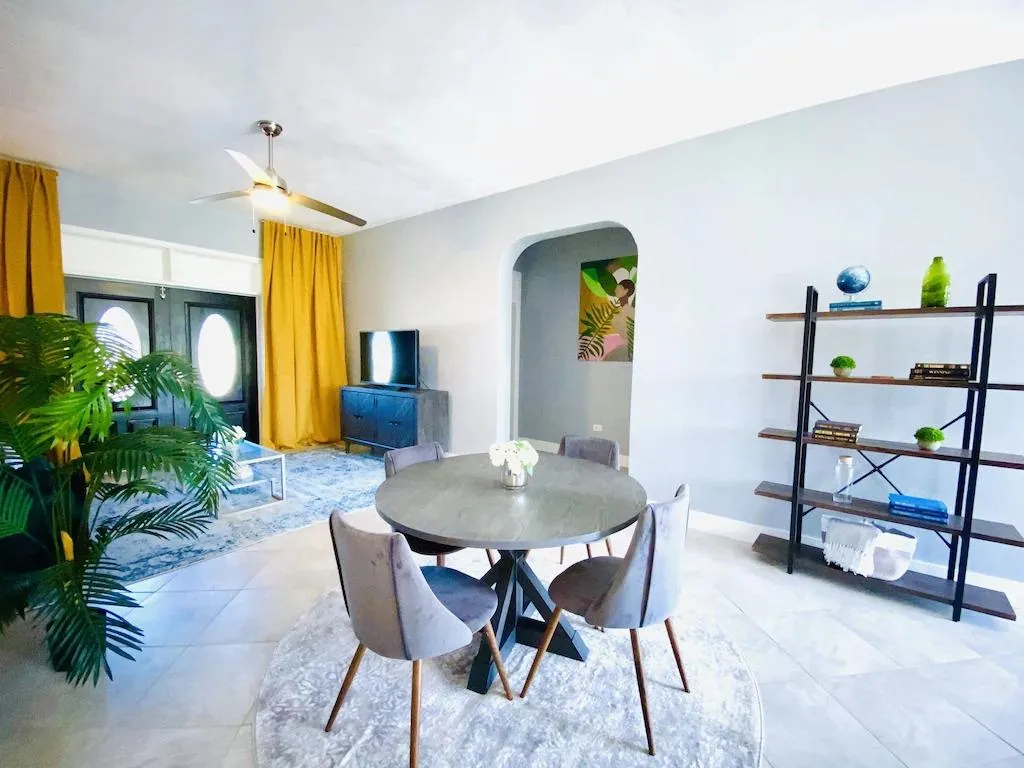
EAST SIDE APARTMENT
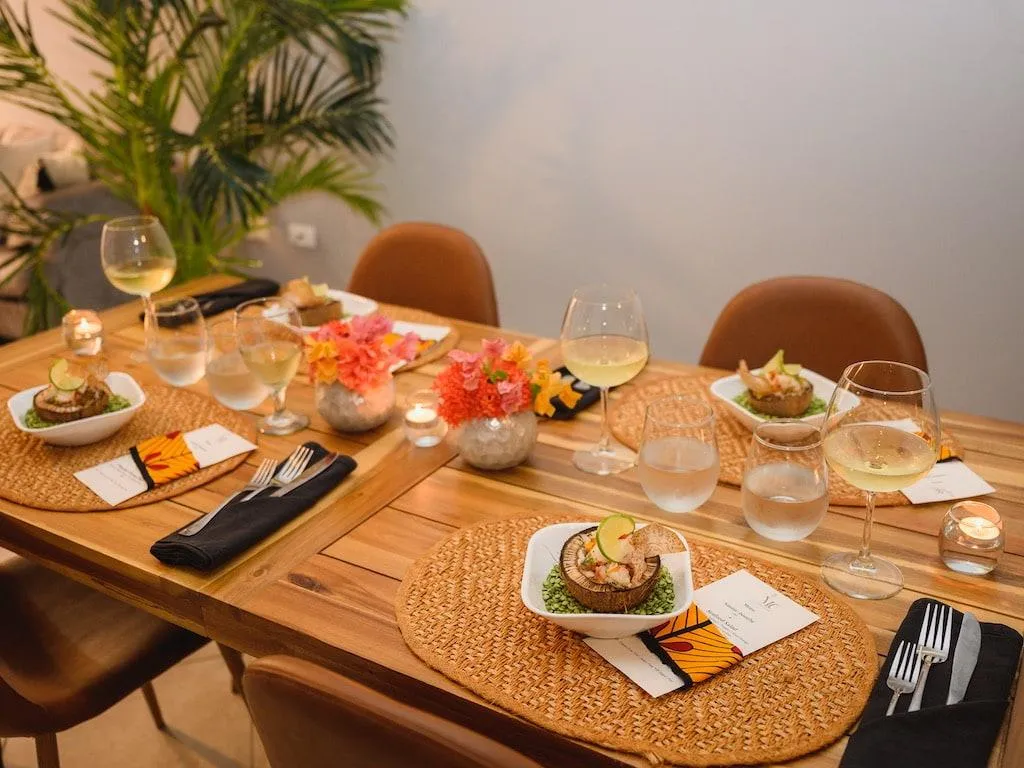
WEST SIDE APARTMENT
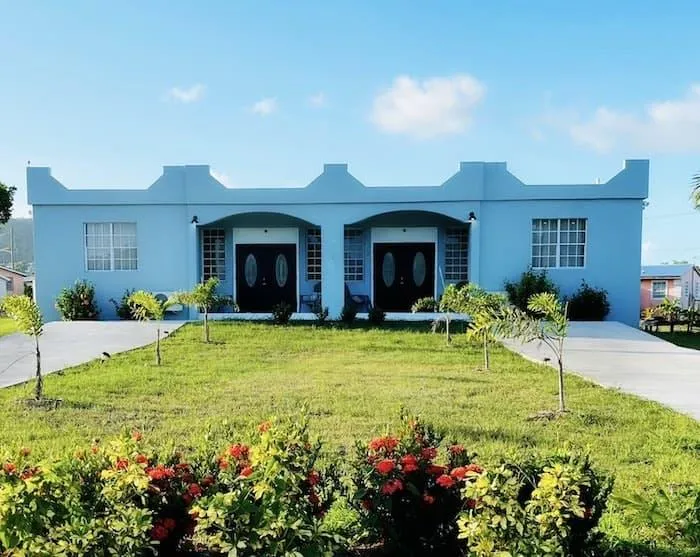
ENTIRE HOUSE
SUBSCRIBE
Explore St. Croix
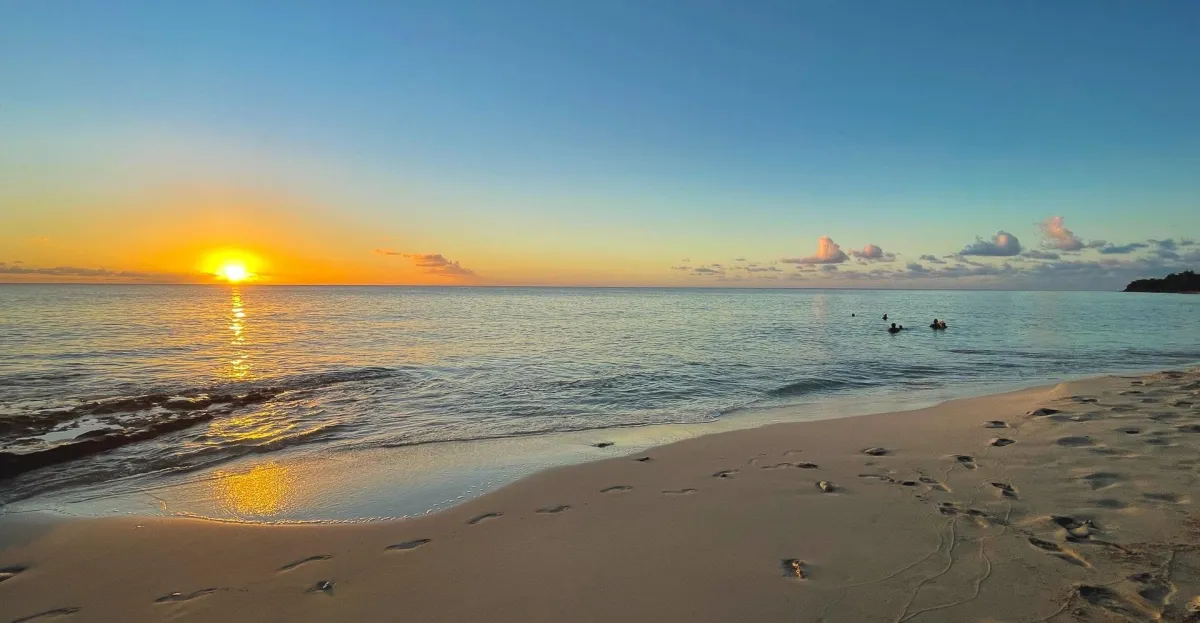
15 Tips for Traveling to St. Croix
Due to its varied history, St. Croix is home to a beautiful mix of cultures...
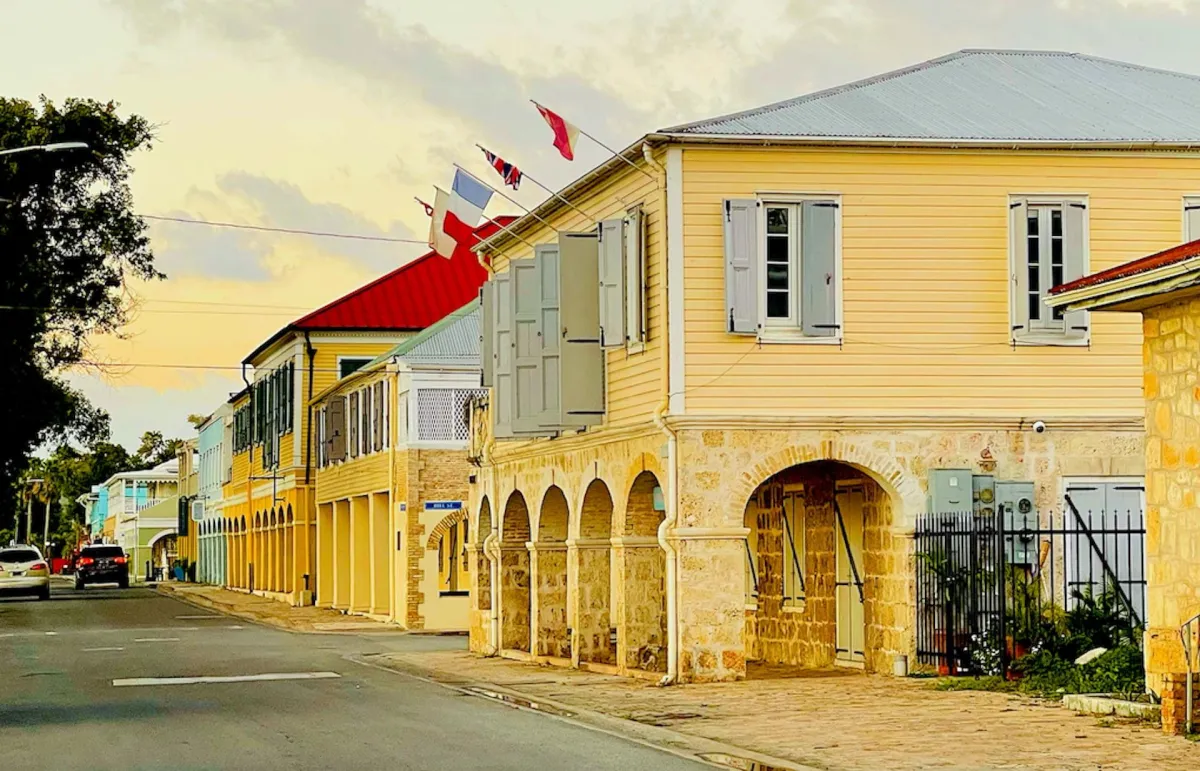
History of Frederiksted
A beach town, originally designed in the 1700s by surveyor Jens Beckfor
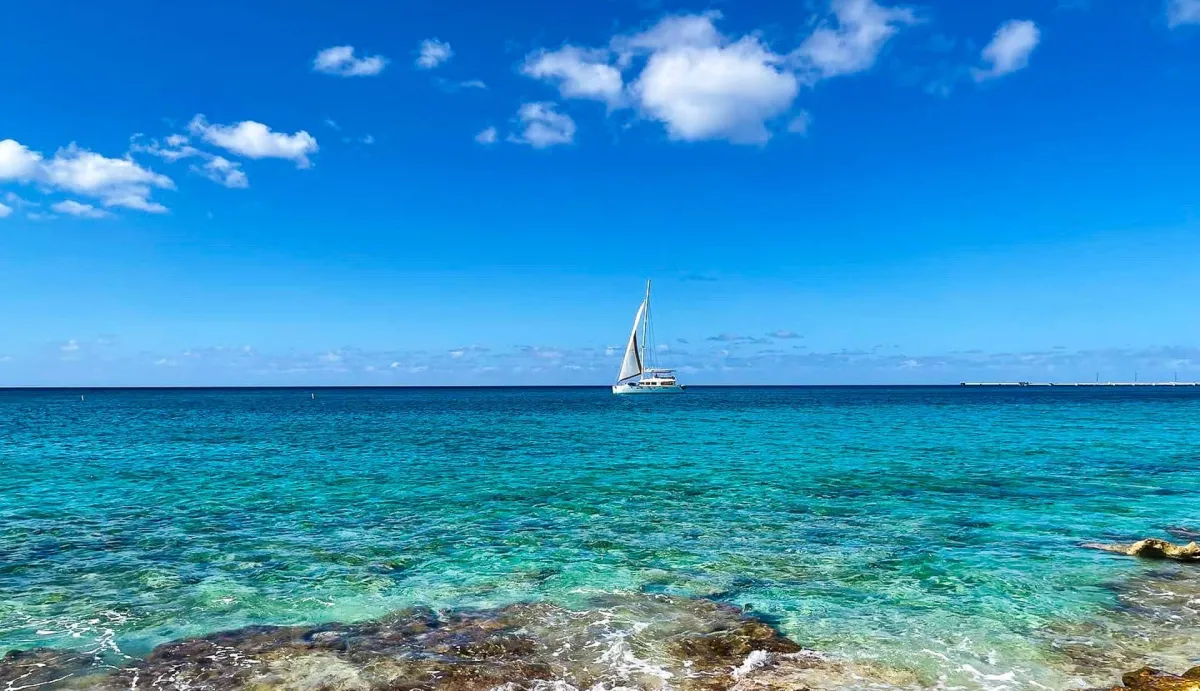
10 Apps You Need Before You Travel
Must have applications that will make your trip to Saint Croix easier and more enjoyable

